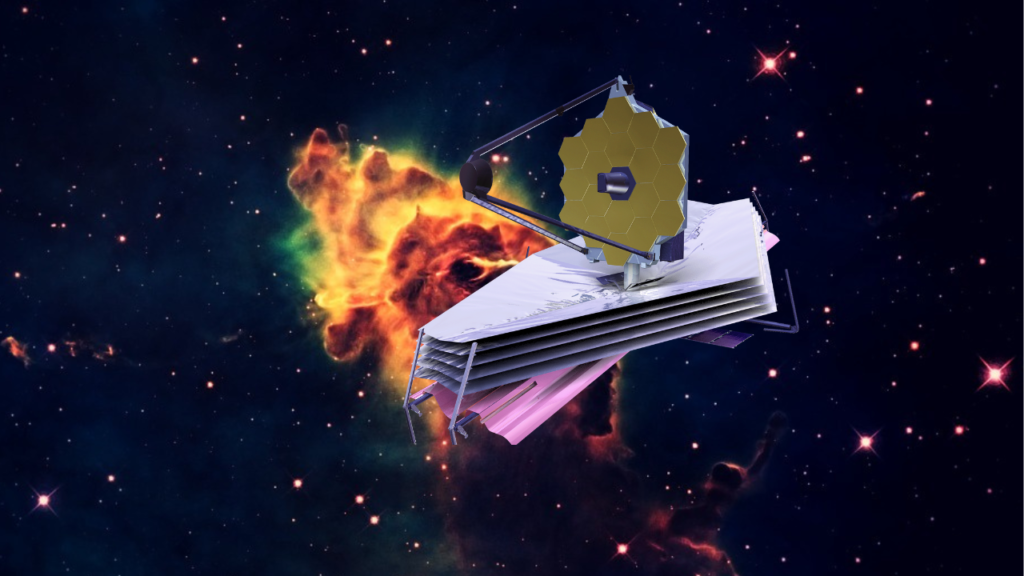In a world where the internet is an essential part of our daily lives, access to reliable, high-speed connectivity is more critical than ever. Starlink Internet Service, developed by SpaceX, has emerged as a groundbreaking solution to bridge the digital divide and provide internet access to even the most remote areas. But what are the technical specifications that make Starlink an engineering marvel? In this article, we delve into the technical details that underpin this revolutionary internet service.
Low Earth Orbit (LEO) Satellite Constellation:
At the heart of Starlink’s technical prowess is its constellation of satellites positioned in low Earth orbit (LEO). These satellites orbit at altitudes significantly closer to Earth compared to traditional geostationary satellites. This proximity results in lower latency, allowing for faster data transmission and more responsive internet connectivity.
Satellite Deployment:
As of the latest available data from my last knowledge update in January 2022, Starlink had already launched thousands of these LEO satellites. The ambitious plan involves the deployment of tens of thousands of satellites into space, forming a vast network to ensure global coverage. The modular approach enables SpaceX to continually add satellites to the constellation, improving coverage and capacity.
User Equipment – “Dishy McFlatface”:
Starlink subscribers receive a user-friendly satellite dish called “Dishy McFlatface.” This innovative equipment is designed for ease of installation and alignment. It connects to the Starlink network via a phased-array antenna, capable of electronically steering its signal to communicate with the passing satellites.
High-Speed Connectivity:
Starlink is known for its competitive internet speeds. Users can often expect download speeds ranging from 50 Mbps to 150 Mbps or even higher, depending on various factors like network congestion and location. This level of performance positions it as a viable alternative to traditional fixed-line broadband services.
Global Coverage:
Starlink’s global coverage is a key technical advantage. The extensive network of LEO satellites allows it to reach even the most remote and underserved regions. This global footprint aims to bridge the digital divide and provide reliable internet access to areas that were previously marginalized.
Continuous Improvement:
One of the fascinating aspects of Starlink is its commitment to continuous improvement. As the network matures, software updates and advancements in satellite technology are expected to enhance the service even further, ensuring that subscribers continue to benefit from the latest developments in the field.
In conclusion, the technical specifications of Starlink Internet Service reflect a dynamic approach to solving the challenges of global internet access. By leveraging a low Earth orbit satellite constellation, Starlink provides high-speed, low-latency internet connectivity to users in both urban and remote areas. As it continues to expand and innovate, Starlink is poised to redefine the possibilities of internet access and bridge the digital divide on a global scale.



